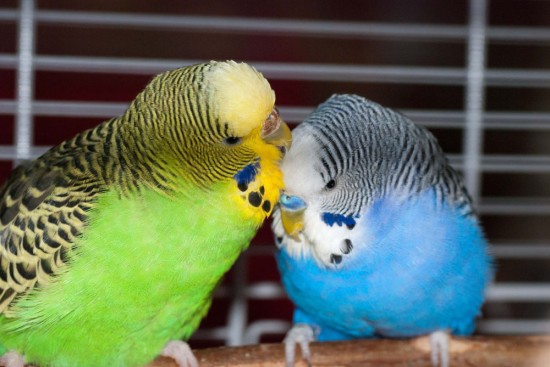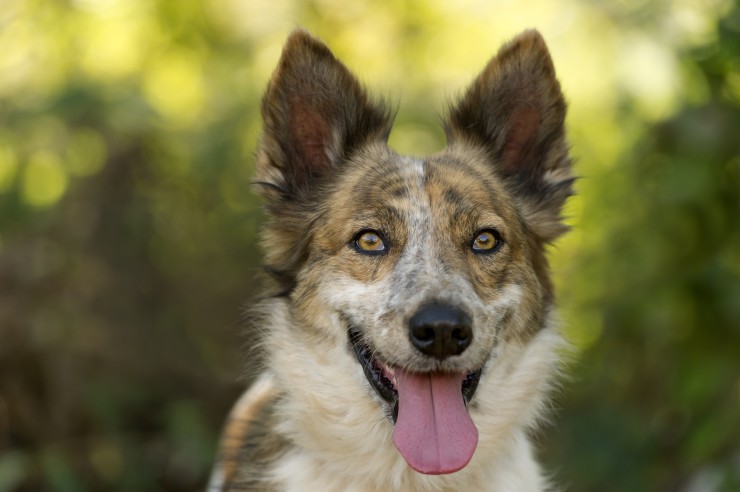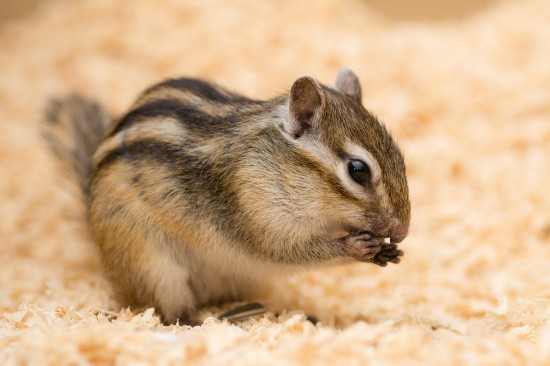

Before you take the plunge and buy your first budgie, it’s essential that you spend some time reading up on these adorable little birds. They may look small and cute, but they need lots of looking after and as small birds they are delicate and require special care.
If you give your budgie everything he needs and he remains fit and healthy, he will provide you with many years of pleasure as these are endearing intelligent little animals that are by their nature entertaining and inquisitive. Plus, if you discover you have the knack for looking after budgies, you could even take them into the show ring and compete.
A budgie, or Budgerigar, is a small parrot native to Australia and is sometimes also known as a Common Pet or Shell Parakeet. This is a small, long-tailed bird that survives mainly on seeds. It’s a very ancient bird that has lived across the arid parts of the Antipodes for over five million years.
Under natural conditions, budgies are usually green and yellow with that distinctive black, scalloped marking on the back, wings and neck, however captive breeding has meant many permutations have been developed including blue, grey and white and they have even been bred to have small crests.
As they are a small, relatively inexpensive pet that’s easy to keep due to its small size, as well as its charming ability to mimic the human voice, the budgie is a popular pet all over the world.
So, you’ve decided that a budgie is definitely the right pet for you and that you want to show, but how do you go about finding one that’s right for the job, and how do you tell if it’s healthy when you do? Most experts and societies would recommend approaching a reputable breeder as your first port of call as their birds are more likely to be healthy and they will be used to human company and more easily trained for the show cage. Plus they’ll be a great contact when you begin to show. However some pet shops can also be a great place to find a new friend. You can also try searching our Pets4Homes Budgerigars for sale pages.
Wherever you decide to purchase your budgie from, it’s essential he has bright eyes, that he’s chirping readily and he’s active. He shouldn’t have any missing or ruffled feathers and he shouldn’t have any excrement stuck to his feathers either. Any bird that tail bobs should also be avoided.
Speak to any expert and they will tell you that budgie shows are relatively free of the snobbery and elitism that exist at dog and horse shows. Budgie fanciers love new friends and will welcome first-time exhibitors with open arms, sharing their passion and knowledge willingly.
Any first-timer will show birds in a Novice section, meaning they will only compete against other Novices. Due to paperwork, it would be worth sticking to showing just five birds at first as there are lots of forms to fill in when you start to show more than this number. Also, you need to remember that you will need a show cage for each bird you wish to exhibit. There are few show cage builders around any more so it’s worth buying these whenever they become available.
On the day of the show arrive early and find the secretary, buy your show tags and fill them in. These should then be attached to the appropriate cage on the second rung from the left on the front of the cage.
If you are required to ‘spot’ your bird – in other words pulling spots from the mask to prepare for the show – again, there will be many people around who will help. Place just enough seed in the cage to cover the floor. Take the cages to the show stand and get them checked in by the stewards. Only numbers are displayed so the judges don’t know whose bird they’re looking at.
There is definite etiquette at a budgie show and it’s highly inappropriate to comment on a bird or its ownership while it’s being judged. Once judging has commenced and the birds have been removed from the show stands, the space will become quiet. The judges should not be disturbed while they are viewing the birds – they may have more than 200 to look at!
All birds are judged against the Standard of Perfection, which describes the ideal budgie. Judging is fairly subjective and there is no bird alive that meets the Standard. Also, the Standard was written many years ago and budgies have changed since then.
The varying levels of competitor are catered for by different division levels, which are further divided by class. These are judged to find the top three, best hen and best bird in each class. The winning birds from each class are then judged against each other and the judge selects the best birds in the division. There may also be a category for rare birds and these are only judged against each other. The Novice, Junior and Intermediate birds are then compared to the best Champion birds and the Best in Show is chosen.
Remember to offer your congratulations to the person who has won Best in Show – it’s a tremendous achievement and a huge accolade.
Budgies are shown in special constructions known as show cages. These are very plain and small, the idea being that the bird is the star of the show and the cage shouldn’t distract from that. Because the cage will be empty of toys and will simply have a perch or two so the bird can roost, the intelligent budgie needs to be trained to accept these new surroundings.
Some birds will be natural show animals and will take to the show cage without hesitation, others however, will not like the more confined space of the show cage and will need training to get used to it.
As intelligent creatures, budgies can become stressed in an environment they are not used to and placing a bird in a small cage and expecting them to get used to it won’t work. A stressed bird will develop bad habits and will not enjoy show success. If you want to get your budgie used to a show cage introduce him to it gradually in sessions of no more than ten minutes at a time at first, slowly building up to more time. You should be present during this acclimatisation process.
Once he seems to be getting used to the new cage, use a judging stick to encourage the bird onto the perches. Simply place the stick through the bars of the cage and very gently nudge the bird in the chest. He should hop onto the stick and allow himself to be transferred onto the perch.
It may take some time before he realises what he’s supposed to do, but they are clever so it won’t take too long. If he seems to refuse the stick, try tapping the front of the cage below the level of the perch and he’ll quickly get used to the stick and the tapping. Using an older, more experienced bird to show your youngster the ropes and give him some confidence is also something you could try.
Once he appears to be comfortable in the show cage you can try moving it around the room to get him used to movement and slight knocks etc. Try not to overstress the budgie – if he gets upset, put him back in his normal cage and try again the next day. You can even try taking the budgie, in the show cage, for rides in the car, as this is another thing he will need to get used to! The more practice you can put in, the higher your chance of success on show day.
 Mrsa Infection In Dogs
Mrsa Infection In
Mrsa Infection In Dogs
Mrsa Infection In
 More About The Lovely Entlebucher Mountain Dog
More About The Lo
More About The Lovely Entlebucher Mountain Dog
More About The Lo
 Have You Considered Keeping Chipmunks As Pets?
Have You Consider
Have You Considered Keeping Chipmunks As Pets?
Have You Consider
 3 Ways You Can Reduce The Chances Of Your Pet Developing Cancer
3 Ways You Can Re
3 Ways You Can Reduce The Chances Of Your Pet Developing Cancer
3 Ways You Can Re
 The All Rounded Dog, The Golden Retriever
If you wonder about the reasons why this breed of dog is
The All Rounded Dog, The Golden Retriever
If you wonder about the reasons why this breed of dog is
Copyright © 2005-2016 Pet Information All Rights Reserved
Contact us: www162date@outlook.com